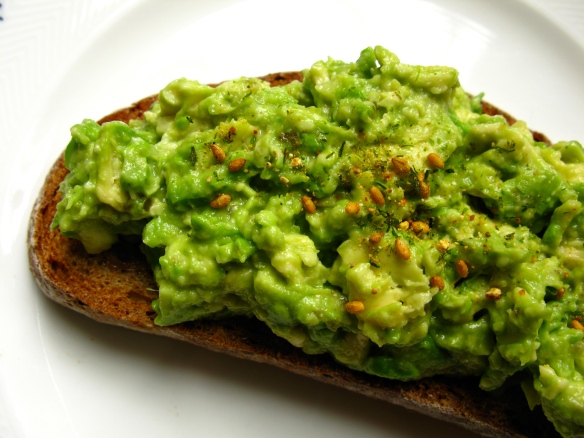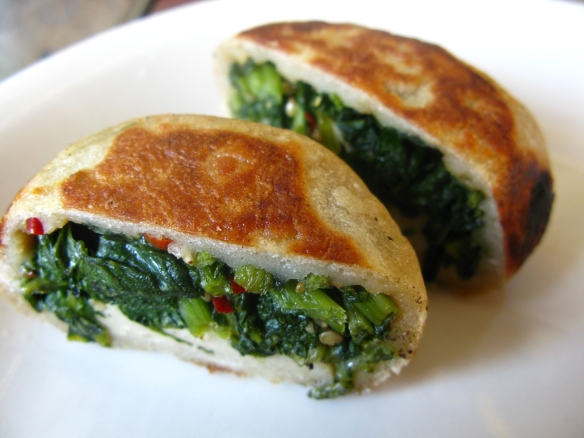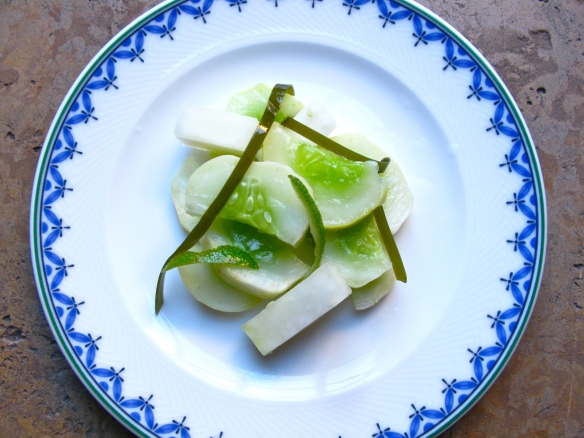Here in Brooklyn, there’s a popular Australian coffee shop that does a brisk brunch business catering to folks who seem to come more for the fashionable crowd than for the coffee (which is excellent, though perhaps not as good as that at another Australian-owned spot a few blocks east). Now, it’s a bit of a misnomer to call this cafe’s food offerings a proper brunch, as the menu mainly consists of “toasties,” a quaint-sounding (and quaintly sized) open-faced sandwich. For two dollars extra, one can add a dollop of chunky guacamole to the toast; an additional dollar fifty buys a poached egg, which sits jauntily and wobbly atop the avocado. It’s an almost ridiculously simple concept, and in that sense brilliant from a business perspective: a toastie with avocado and an egg plus coffee can run well over $10, plus tip.
Excellent coffee aside, this is an experience that can be easily replicated in the comfort of one’s own home. Aside from provisioning the right ingredients – fresh bread, ripe avocados, and interesting seasonings – there is almost no labor involved in the creation of an avocado toast. But what, exactly, comprises a good avocado toast? Or better yet, what is the ideal?











